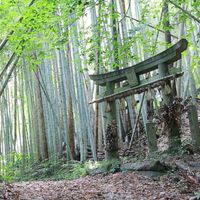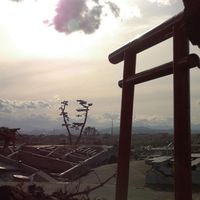Japan: Museums get creative to save power
[caption id="attachment_1487" align="aligncenter" width="330" caption="National Museum of Western Art, Tokyo, Japan www.nmwa.go.jp"] [/caption]
When the Japanese government required large-lot users of electricity to cut their power usage by 15 percent this summer, officials from national and other major art museums despaired.
[/caption]
When the Japanese government required large-lot users of electricity to cut their power usage by 15 percent this summer, officials from national and other major art museums despaired.
 [/caption]
When the Japanese government required large-lot users of electricity to cut their power usage by 15 percent this summer, officials from national and other major art museums despaired.
[/caption]
When the Japanese government required large-lot users of electricity to cut their power usage by 15 percent this summer, officials from national and other major art museums despaired.
The problem? Consistent temperatures and appropriate lighting are needed to help preserve artworks. If these are affected, art may deteriorate, undermining efforts by such museums to care for their exhibits.Yet the sector has had much success in cutting down its power usage without affecting works on display thanks to such measures as installing light-emitting diode lights (LEDs). A session held by the Japan Council of Art Museums in July at the Miyagi Museum of Art was pivotal in helping museums realize their power-saving goals. Masanori Aoyagi, director of the National Museum of Western Art and current chair of the council, held the session to offer aid and assistance to Tohoku region galleries in the wake of the Great East Japan Earthquake.
Replacing traditional museum lighting with LED devices proved to be the most popular idea. Officials of Panasonic Electric Works Co.'s Shiodome Museum in Tokyo reported that installing LED devices, which are more durable than conventional lights, resulted in about a 60 percent cut in electricity consumption.As part of their efforts to save power: The National Museum of Western Art in Tokyo's Ueno district:
- LED lighting helps protect artworks. "Ultraviolet and infrared rays can harm paintings, causing cracks and changes in color. There are almost no such emissions from these [LED lights]".
- LED lights discharge less heat, burdens on air- conditioning are reduced.
- replaced its lighting with LED in some exhibition spaces and its in-house shop.
- sprayed mists of water in front of air conditioners to reduce the burden on the system and temporarily closed some of its exhibition rooms.
Read the full article
Japanese Museums display power-saving creativity
Similar content
from - to
25 Oct 2011 - 04 Dec 2011
posted on
04 Sep 2012
By Kerrine Goh
16 Jan 2012
from - to
28 Oct 2011 - 20 Nov 2011




